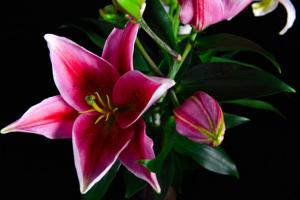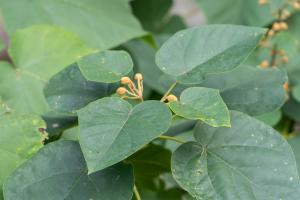What Size Pot for a Begonia Plant
Begonia plants are known for their stunning flowers and foliage, and they make great additions to any indoor or outdoor garden. If you're planning to grow begonias, choosing the right pot size is crucial. The pot size will determine how well your plants grow and how often you'll need to water them. In this article, we'll discuss the factors that affect pot size for begonia plants and how to choose the right pot for your plants.
Factors That Affect Pot Size for Begonia Plants
Before you choose a pot size for your begonia plants, there are a few factors you should consider:
1. Plant Size
The first factor to consider is the size of your plant. If you're growing a small begonia plant, you don't need a large pot. However, if you're growing a large begonia, you'll need a pot that can accommodate its size. A pot that's too small can restrict root growth and cause the plant to become rootbound. A plant that's too large for its pot can become unstable and prone to tipping over, which can damage the plant and its roots.
2. Watering Needs
The next factor to consider is the watering needs of your begonia plant. Begonias don't like to sit in wet soil, so it's important to choose a pot size that allows for good drainage. If your pot is too small, the soil will dry out quickly and you'll need to water your plant more frequently. If the pot is too large, the soil will stay wet for longer periods, which can lead to root rot.
3. Soil Type
The type of soil you use can also affect the pot size you need for your begonia plants. Begonias prefer well-draining, moist soil that's rich in organic matter. If you use heavy soil that doesn't drain well, you'll need a pot size that allows for better drainage. If you use a lightweight soil mix, you can use a smaller pot size because it will dry out more quickly.
How to Choose the Right Pot Size for Begonia Plants
Now that you know the factors that affect pot size for begonia plants, here's how to choose the right size:
1. Measure the Root Ball
When choosing a pot size, measure the root ball of your begonia plant. The root ball is the amount of soil and roots that are contained in the current pot. Choose a pot size that's one to two inches larger than the root ball. This will give the plant enough room to grow without becoming rootbound.
2. Consider the Plant's Growth Potential
You should also consider the plant's growth potential when choosing a pot size. If your begonia plant has the potential to grow large, choose a pot size that's two to three inches larger than the root ball. This will give the roots enough room to grow and the plant enough stability to support its growth.
3. Choose a Pot with Drainage Holes
When choosing a pot for your begonia plants, make sure it has drainage holes. Begonias don't like to sit in wet soil, and drainage holes allow excess water to escape. This will prevent the soil from becoming waterlogged and causing root rot.
4. Consider the Container Material
The material of the container you choose can also affect the pot size. Terracotta pots and other porous materials will dry out more quickly and require more frequent watering. Plastic pots retain moisture for longer periods, so you can use a smaller pot size if you choose this material.
Conclusion
Choosing the right pot size for your begonia plants is important for their growth and health. You should consider factors such as plant size, watering needs and soil type to determine the right size pot. Remember to choose a pot with drainage holes and consider the container material. By following these tips, you can ensure that your begonia plants thrive and look stunning in your garden.

 how many times do yo...
how many times do yo... how many planted tre...
how many planted tre... how many pine trees ...
how many pine trees ... how many pecan trees...
how many pecan trees... how many plants comp...
how many plants comp... how many plants can ...
how many plants can ... how many plants and ...
how many plants and ... how many pepper plan...
how many pepper plan...






























